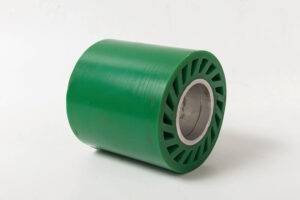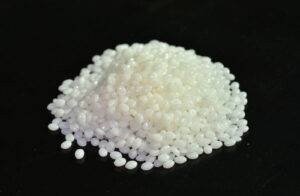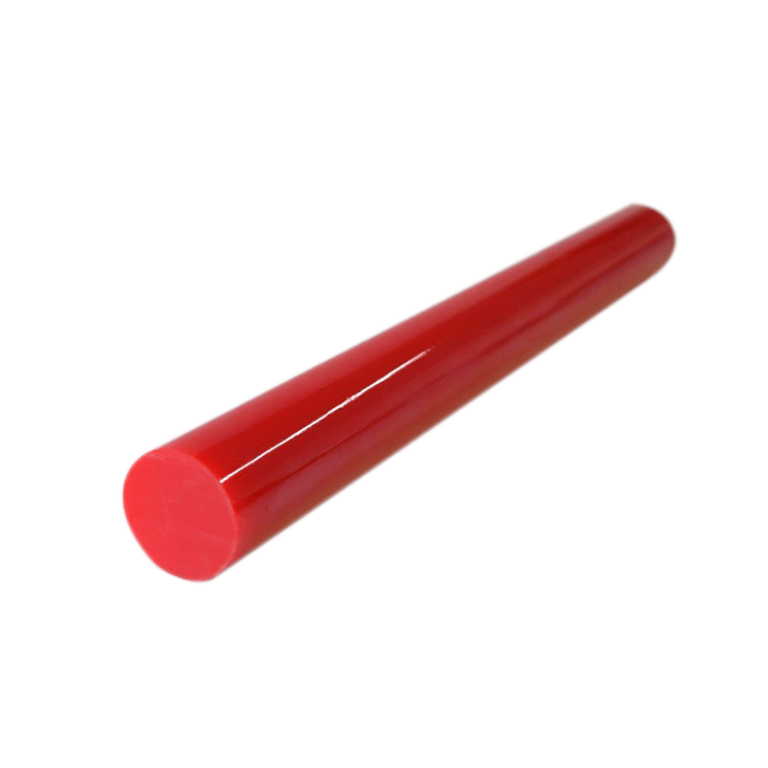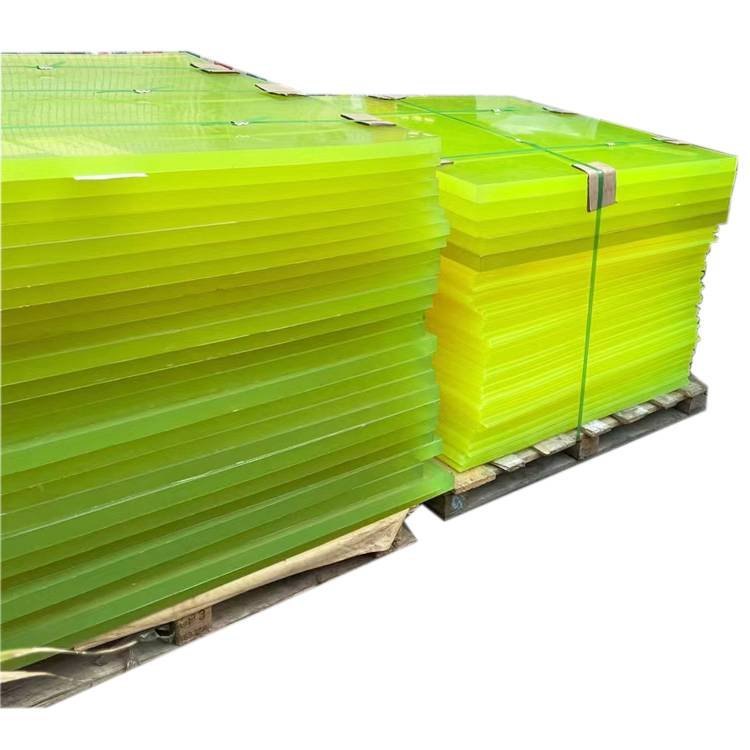The squeegees you choose can directly impact your printing output. Hence, it becomes vitally important to make the right choice in this regard. So, in this guide, we will cover all the key considerations involved in choosing the right PU squeegee for your printing job.
Why Polyurethane?
While PU squeegee blades might be one of the priciest options in the market, you can always be sure you’re getting the best quality possible without any hassle. It offers you the best in terms of durability and versatility. So, PU squeegee is usually the best for tasks that will typically last for an extended period or printing jobs carried out using automated or partly automated presses.

How to choose a polyurethane squeegee
Consider the shape
Your squeegee blade’s tip can take a different shape. As such, depending on your application or intended process, this should be an integral part of your decision-making process. Are you using a printer that demands a more considerable ink deposit? This could be for printing processes using heavier substrates or those that involve specialty inks. Then, the round nose blade PU squeegee might be the best option for you.
Similarly, if you’re looking to complete general screen printing processes, a straight-edged blade should suffice. You’ll also find the beveled squeegee especially handy if you’re working on uneven or curved Substrates.
So, before even considering anything, you have to factor the task at hand in and choose the polyurethane squeegee blade shape that best aligns with it.
Decide on your preferred rigidity
The unit of a PU squeegee rigidity is a durometer. The more this value is the higher the blade’s hardness, and the higher the blade sheets the ink. If the reverse is the case, you might be left with considerable ink deposits.
Anything below 60 durometers is deemed a soft squeegee. Using this, you might notice larger ink deposits more often. The most popular rigidity is the 70 durometer. This type has medium hardness and it is suitable for several general printing tasks.
Anything above 80 and up to 90 durometer leaves tinier ink deposits. As such, it is the perfect fit for high mesh count screen printings or printings that require fine details or four colors.
Don’t forget the handle
Are you a manual screen printer? This should definitely be one of your key considerations. You’d typically want a handle that can withstand printing rigors. On top of that, it should be able to promise comfort to a significant extent. Wood, plastic, and aluminum are some of the materials you can look forward to in this regard.
Other important considerations
After deciding on the major considerations mentioned above, there are also some minor ones to factor into your eventual choice.
You should ensure that your chosen blade width extends roughly an inch beyond each side of the work you’re looking to print. Getting it too close to your screen can adversely influence your screen tension. The blade condition coupled with squeegee care should also have a place in your decision-making process. For further questions, please do not hesitate to contact us at pengde2@pengde-pu.com.





